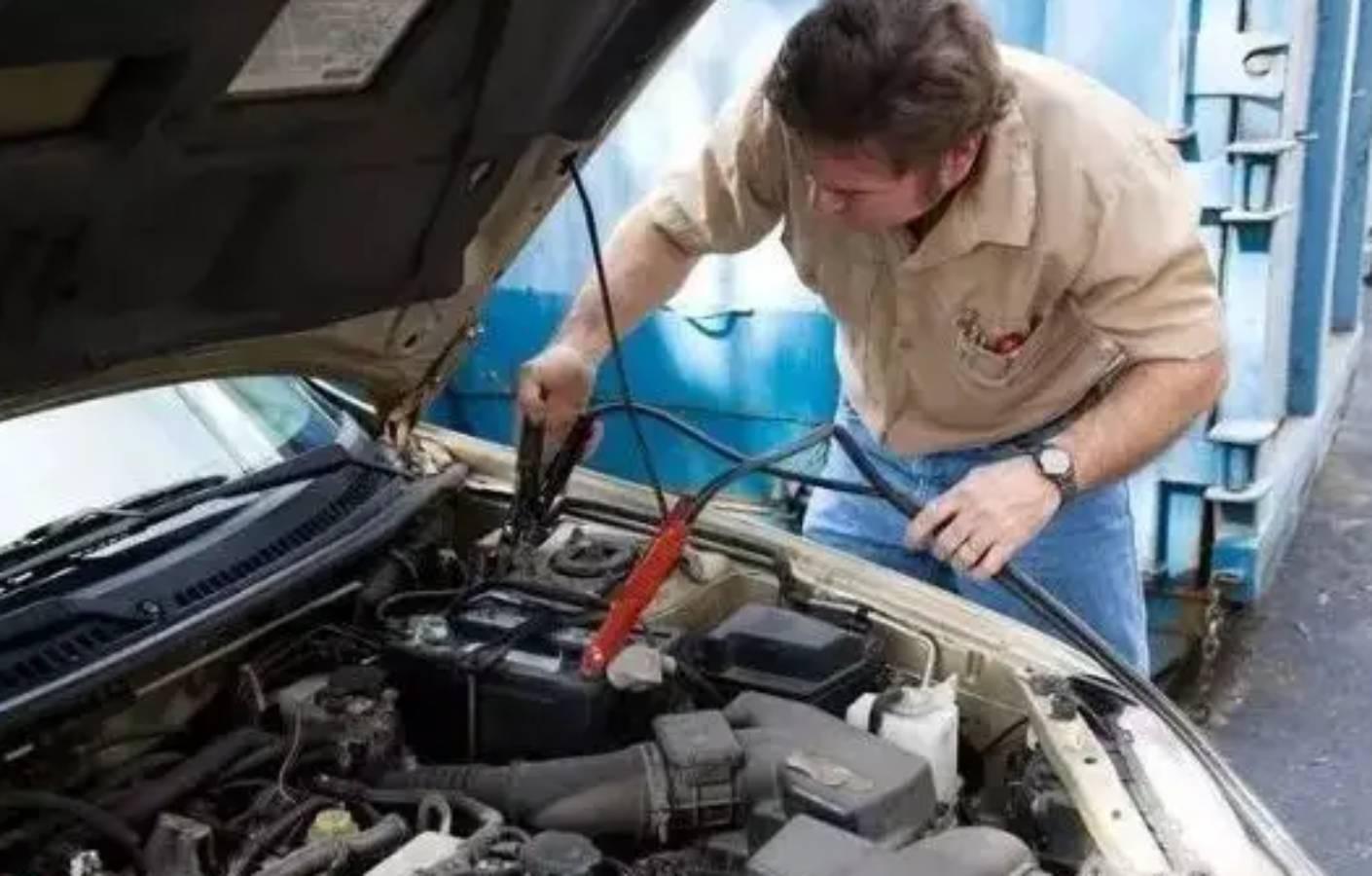Most of us spend a significant amount of time in our cars, whether commuting, running errands, or simply enjoying the road. But many of us don’t know the basics of vehicle maintenance or repair. With a little do-it-yourself spirit and a few basic tips, you can learn how to do almost anything on a car.

First, find the owner’s manual for your vehicle. This is a high-level guide to most of the major components, complete with troubleshooting suggestions for your particular make and model.
How To Jump Start A Vehicle?
Keep the following in your car at all times:
Jumper Cables: The longer, the better!
Mechanic Gloves: Disposable gloves at the very least, but heavy-duty offers more protection
A Flashlight: Always handy to keep in your car!
Paper Coveralls: Protection for your clothes - paint stores usually carry these
Owner’s Manual: You can often find this in your car’s glovebox
To jump-start your car, you will need to find someone with a vehicle to provide the jump to your dead battery. It is important to be safe and use sound judgment when seeking assistance from people you don’t know. Don’t accept help from anyone you don’t feel comfortable around, and be sure to phone a loved one to let them know exactly where you are and what’s going on.

To Jump Start a Car With Cables, Follow These Steps:
1. Make sure both cars are turned off.
2. Connect one end of the red (positive) jumper cable to the positive terminal on the stalled battery.
Connect the red cable to the positive terminal on the dead battery.
3. Connect the other red (positive) cable to the positive terminal of the good battery.
Clamp another red cable to the positive terminal on a good battery.
4. Connect one end of the black (negative) jumper cable to the good battery's negative terminal.
Connect the black cable to the negative terminal of a good battery.
5. Connect the other black (negative) cable to a clean, unpainted metal surface under the disabled car’s hood. Connect the black cable to the metal surface on the dead car - DO NOT connect to the dead battery.
Somewhere on the engine block is a good place. Unless you want to see flying sparks and a possible explosion, do not connect the negative cable to the dead battery's negative terminal.

6. Start the car that’s doing the jumping; run for 2 to 3 minutes before starting the dead car.
7. Remove cables in reverse order.
8. Keep the jumped car running for at least 30 minutes to give the battery sufficient time to recharge.
For the true do-it-yourselfer, look into a Jump Start Box or Jump n’ Carry. These small boxes run about $150, but they can provide you with a solo jump-start regardless of where you are. Be sure to read the details and your owner's manual to ensure this is an option for your vehicle.
If the jump is successful and your car starts, don't turn off your engine! Drive around for at least 15 minutes to charge your battery. If the car won't start the next time you use it, then the battery is dead and needs to be replaced.
Print this article out and keep it in your glove compartment for easy reference. If your car won't start, check out these tips for troubleshooting a car that won't start
Recommended Reading: What does a car emergency kit contain






Leave a comment
All comments are moderated before being published.
This site is protected by hCaptcha and the hCaptcha Privacy Policy and Terms of Service apply.